Butterfly Bush, Summer Lilac, Orange Eye, Buddleja
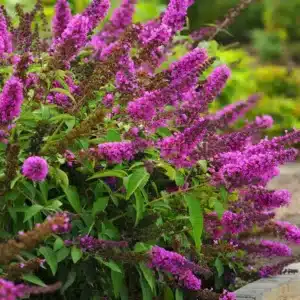
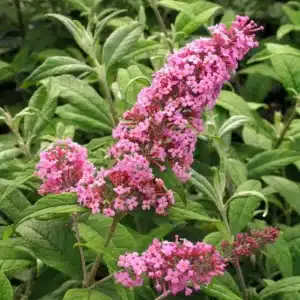

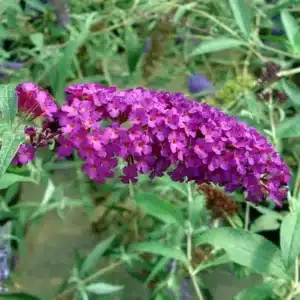
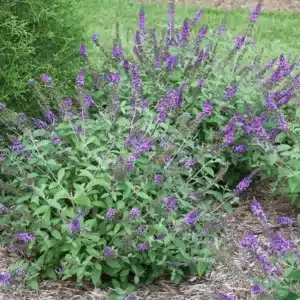
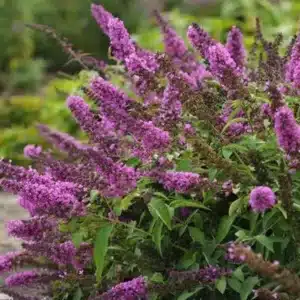
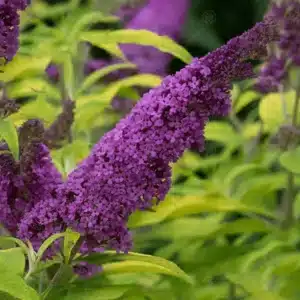
Butterfly Bush should be planted in full sun for the best show of flowers. Unless you are planting a dwarf variety, Butterfly Bush should be planted near the back of a garden bed so it does not shade out other plants. Some cultivars can grow up to 9 feet tall and 9 feet wide. Though they can tolerate any type of soil, Butterfly Bush does best in well-drained soil with a neutral to moderately alkaline pH. If planted in clay soil, the site should be well amended with organic compost. Dig a hole that is the same depth of the plant container but twice the width. Backfill the hole with soil that was originally dug out for planting. Butterfly Bush can be propagated by seed or by cuttings. Collect seeds when the seed heads open in November or December. Seeds must be stratified for at least 4 weeks to germinate. Plant young seedlings outside in the spring only after any chance of frost has passed. Cuttings may be taken from the Butterfly Bush any time during the growing season, but side shoots with many nodes work best.
Once established, Butterfly Bush is drought tolerant and will require little supplemental watering. If there is extended dry weather and watering is necessary, water deeply and only every couple of weeks. If left to sit in water too long, the roots can begin to rot. Butterfly Bush grown in containers will require more watering than those planted in-ground, as often as once a day during summer months. Deadheading spent flowers can encourage new shoots and flower buds to grow, increasing the bloom time of Butterfly Bush.
Butterfly Bush are not heavy feeders and do not require supplemental fertilization. They grow best when planted in soil that is amended with organic compost. Fresh organic compost should be worked into the top layer of soil every spring to replenish soil nutrients.
Smaller species of Butterfly Bush do not require pruning and have well established root systems that alleviate the risk of the bush toppling over. These plants can be pruned to maintain their shape and remove any dead branches. Large Butterfly Bush cultivars should be pruned yearly to maintain their shape and structural integrity. If not pruned yearly, they can become top-heavy and blow over in the wind or their wood can split. The flowers of most Butterfly Bush species grow on the new wood, so heavy pruning in very early spring can help to stimulate flowering. Pruning before this time can impede the plant’s hardiness through winter. Seed heads can be removed in October, before they open, if the seed dispersal is a concern.
Spider mites may attack the Butterfly Bush if the plant becomes stressed. Scale is also a concern for a stressed Butterfly Bush.












